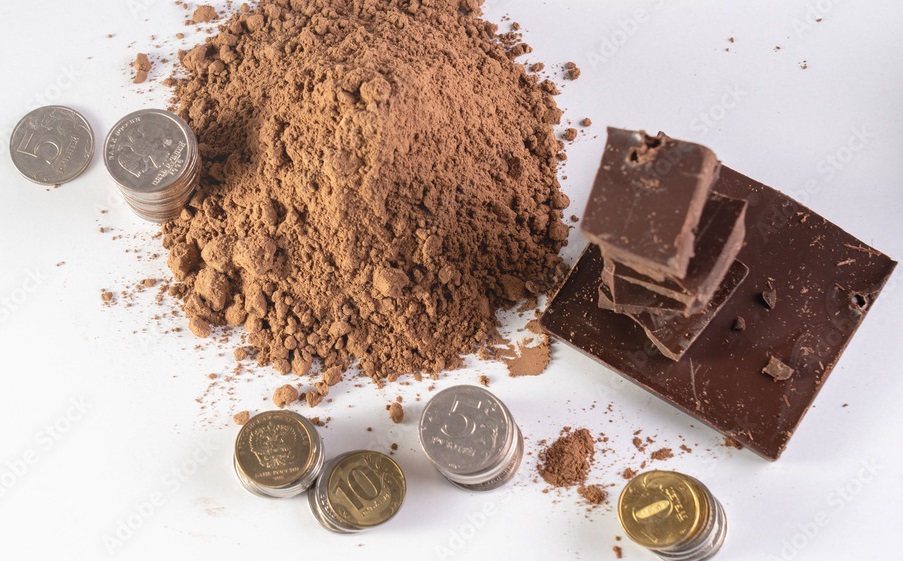When it comes to purchasing cocoa powder, the choices can be overwhelming. With various types, brands, and labels to navigate, it’s easy to get lost in the aisle. To help you make an informed decision, here are some essential factors to keep in mind:
1. Understand the Types of Cocoa Powder
First things first, let’s talk about the two main types of cocoa powder you’ll encounter: natural and Dutch-processed.
- Natural Cocoa Powder: This is your go-to if you want a bold, chocolatey punch. It’s made from roasted cocoa beans and has a natural acidity that works beautifully with baking soda. It’s perfect for those classic recipes where you want that deep, robust flavor.
- Dutch-Processed Cocoa Powder: If you prefer a smoother, milder taste, this is the one for you. It’s been treated to neutralize its acidity, which means it doesn’t react with baking soda. It’s great for recipes where you’re using baking powder instead.
Understanding the difference helps you choose the right one for your recipe and taste preference.
2. Check the Cocoa Content
The percentage of cocoa solids in your powder can impact the flavor. A higher cocoa content usually means a richer chocolate taste. So, if you’re craving that intense chocolate kick, look for powders with a higher percentage of cocoa solids.
3. Consider the Brand and Quality
Not all cocoa powders are created equal. Some brands are renowned for their quality, and a little research can go a long way. Look for trusted brands with good reviews to ensure you’re getting a product that delivers on taste and consistency.
4. Look for Additives and Sweeteners
For the purest chocolate experience, choose cocoa powders with minimal ingredients. Ideally, you want just cocoa powder and maybe a bit of anti-caking agent. Avoid powders with added sugars or artificial ingredients if you want a more authentic chocolate flavor.
5. Check for Fair Trade or Organic Certification
If you care about where your cocoa comes from and how it’s produced, consider fair trade or organic options. These certifications ensure that the cocoa beans are sourced ethically and sustainably, which is a win for both you and the planet.
6. Be Aware of Packaging and Storage
Cocoa powder should be kept in a cool, dry place to stay fresh. Make sure the packaging is intact when you buy it—exposure to air can affect the quality of the powder.
7. Taste and Aroma
If you get a chance to sample cocoa powder before buying, take it! A good cocoa powder should have a rich, inviting aroma and a deep chocolate flavor. If you’re shopping online, check reviews to get a sense of how others have found the taste.
8. Consider the Price
Price can be a bit of a mixed bag. While you don’t need to splurge excessively, super cheap cocoa powders might skimp on quality. Find a balance between cost and quality to get the best value for your money.
9. Know Your Purpose
Think about what you’re using the cocoa powder for. Different recipes might call for different types or brands. For baking, you might need a specific type, while for a rich hot chocolate, a smooth, high-quality powder might be ideal.
10. Pay Attention to Expiry Dates
Don’t forget to check the expiry date. Freshness matters for flavor and effectiveness, so make sure you’re picking up a can that’s still good to go. Even if you have powder at home, double-check that it’s within its use-by date.
Choosing the right cocoa powder can make a noticeable difference in your recipes, so take a moment to consider these tips. With the right powder, you’ll be on your way to creating delicious chocolate treats that everyone will love.
Also Read:
